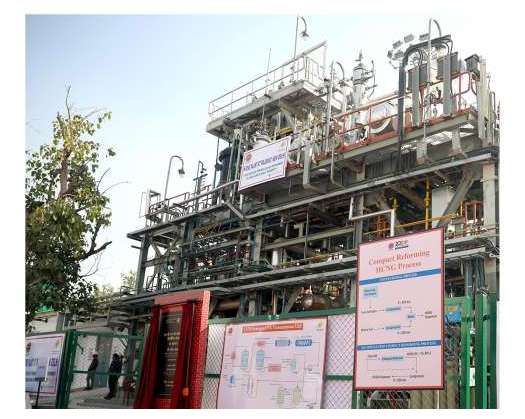New Delhi: According to Fitch Ratings, Indian banks are experiencing a significant decline in structural deposit pressures as a result of the Reserve Bank of India's (RBI) aggressive liquidity support measures in 2025.
According to the global credit rating agency, the RBI has injected approximately Rs 5.6 trillion, accounting for around 2% of total system assets, into the banking system through government bond purchases since January. This has resulted in a liquidity surplus since March, as well as considerably eased financing terms for banks.
Fitch believes that these efforts have reduced the fierce competition for deposits that Indian banks have faced over the previous year.
Structural funding pressures had previously accumulated as loan growth outpaced deposit mobilization, causing the loan-to-deposit ratio to rise and forcing banks to increase deposit rates in order to attract finance.
However, the RBI's liquidity easing, combined with a 100 basis point reduction in the cash reserve ratio (CRR), is expected to release an additional Rs 2.7 trillion in liquidity in stages, reversing the trend.
The presence of excess liquidity has already begun to reduce the cost of new deposits. Fitch anticipates a 30-basis point fall in net interest margins for FY26 due to the immediate downward repricing of approximately half of the outstanding loans, but forecasts margin pressure to ease in FY27 as deposit prices decrease further and the advantages of reduced CRR requirements materialize.
The study also mentions that loan growth for fiscal year 25 is expected to be 11%, somewhat higher than nominal GDP growth of 9.8%, indicating that banks' risk appetite is increasing.
Despite the alleviation from structural deposit pressure, Fitch warns that this might reverse if the RBI restricts liquidity in response to inflation or currency volatility. Such a move might drive up financing prices and narrow margins.
In conclusion, Fitch claims that the RBI's liquidity easing has played a critical role in reducing structural deposit constraints in the Indian banking sector.
While the present climate favors lower financing expenses and better credit conditions, maintaining these benefits will rely on macroeconomic stability and ongoing supportive policy action.












